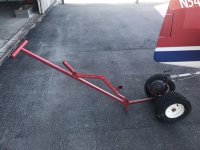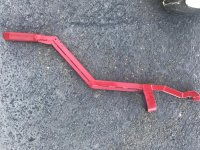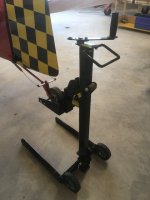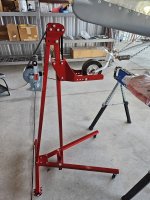I have been asked to consider the designing and manufacturing of a new Tail Wheel Lift for a prominent aircraft accessory company. Some years ago, a product known as the Tail-Mate was manufactured and sold, but it is no longer available. Given that I am currently involved in the production of the DRDT-2 and the TBBT-2, a Tail Wheel Lift seems to align well with my existing suppliers, contractors, and manufacturing.
As an RV-7A builder and owner, I have not needed to lift a tail wheel on an aircraft before. Just like the RV community, I am also growing older; now in my early 60s, I am finding tasks that were manageable in my 40s to be more challenging. Lifting with improper body positioning can lead to serious back issues and incur expensive medical costs.
However, I admit that I am not entirely certain about the level of demand in the market for this product. In the past, there were some remarks about the Tail-Mate's cost, which was around $350. My initial assessment suggests that a robust Tail Wheel Lift would likely cost a bit more, especially considering the price inflation since the early 2000s.
Therefore, I am reaching out to tail wheel aircraft builders and owners like you to gather your input. Is there genuine interest in a Tail Wheel Lift? Your feedback would greatly assist me in making a decision regarding the potential development of this product.
Any input would be appreciated.
As an RV-7A builder and owner, I have not needed to lift a tail wheel on an aircraft before. Just like the RV community, I am also growing older; now in my early 60s, I am finding tasks that were manageable in my 40s to be more challenging. Lifting with improper body positioning can lead to serious back issues and incur expensive medical costs.
However, I admit that I am not entirely certain about the level of demand in the market for this product. In the past, there were some remarks about the Tail-Mate's cost, which was around $350. My initial assessment suggests that a robust Tail Wheel Lift would likely cost a bit more, especially considering the price inflation since the early 2000s.
Therefore, I am reaching out to tail wheel aircraft builders and owners like you to gather your input. Is there genuine interest in a Tail Wheel Lift? Your feedback would greatly assist me in making a decision regarding the potential development of this product.
Any input would be appreciated.








